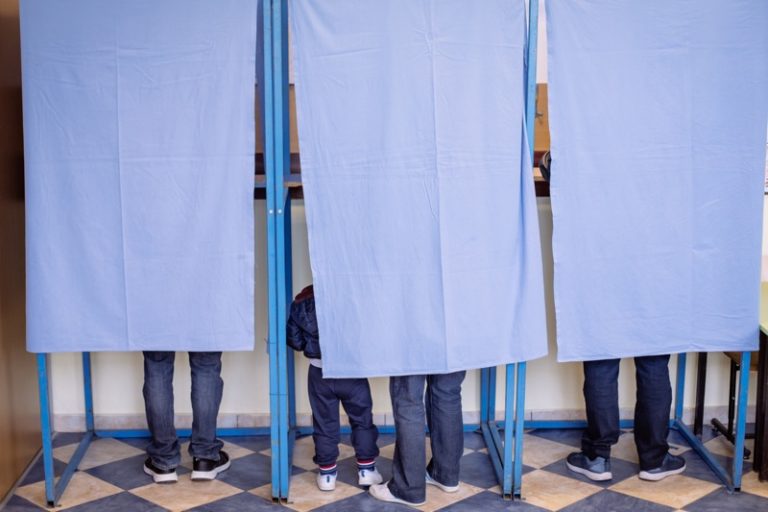Feature: Making the 2018 Midterm Election More Secure

Core to a healthy democracy are free and secure elections. In recent years, sophisticated disinformation operating and aging computerized election infrastructure have eroded the confidence of voters, and placed core democratic principles at risk. CDT worked to address key election cybersecurity issues in 2018, including election official training, technical volunteer capacity building, and robust post-election auditing.
In preparation for November’s midterm elections, CDT brought our cybersecurity expertise to all levels of government. We conducted direct outreach to more than 300 state and local election officials, and produced usable cybersecurity materials tailored to the threats that election officials are likely to face and the tools they need to respond. On the global stage, we also worked to identify flaws in new voting systems used in places like the Democratic Republic of the Congo. When all was said and done, no major cyber-related incidents disrupted the vote during the 2018 U.S. midterm elections.
The 2018 elections demonstrated that modernizing election infrastructure and combating foreign disinformation will both be elevated priorities for the future. From high levels of humidity impacting the functioning of voting machines in New York to other voting machines flipping some selections in Texas, broken, missing, and flawed equipment dominated the headlines. These incidents resulted in long lines, distrustful voters, and in some cases, lawsuits challenging the validity of the outcome.
The November 2020 general election will come quickly, and CDT, state legislators, and local election officials are already preparing. In 2019, CDT is committed to helping state legislators and local election officials continue securing their elections and improving the voting experience. To set them up for success, we will convene election vendors and security researchers, provide commentary on state and federal legislation, and provide guidance for implementing post-election audits.